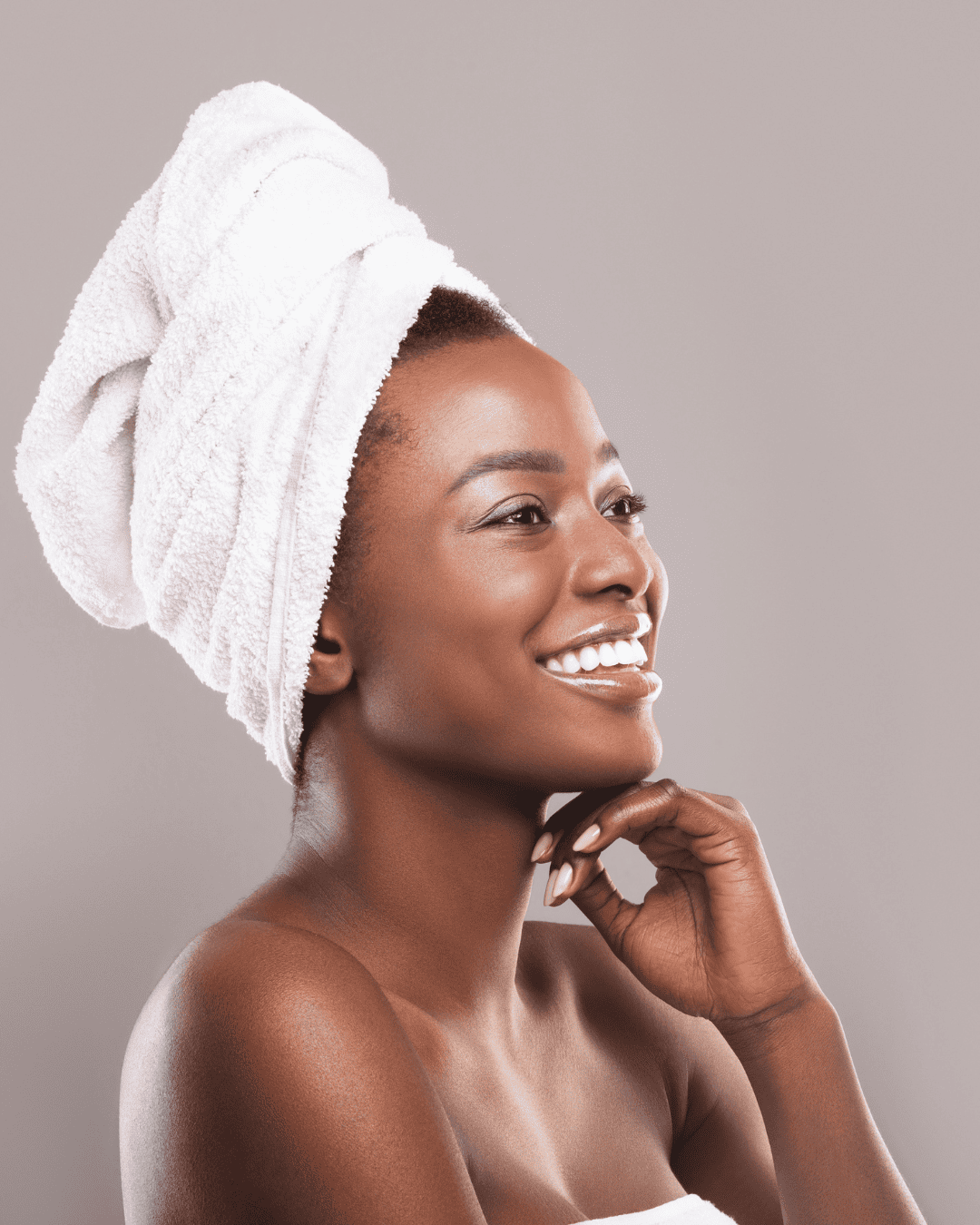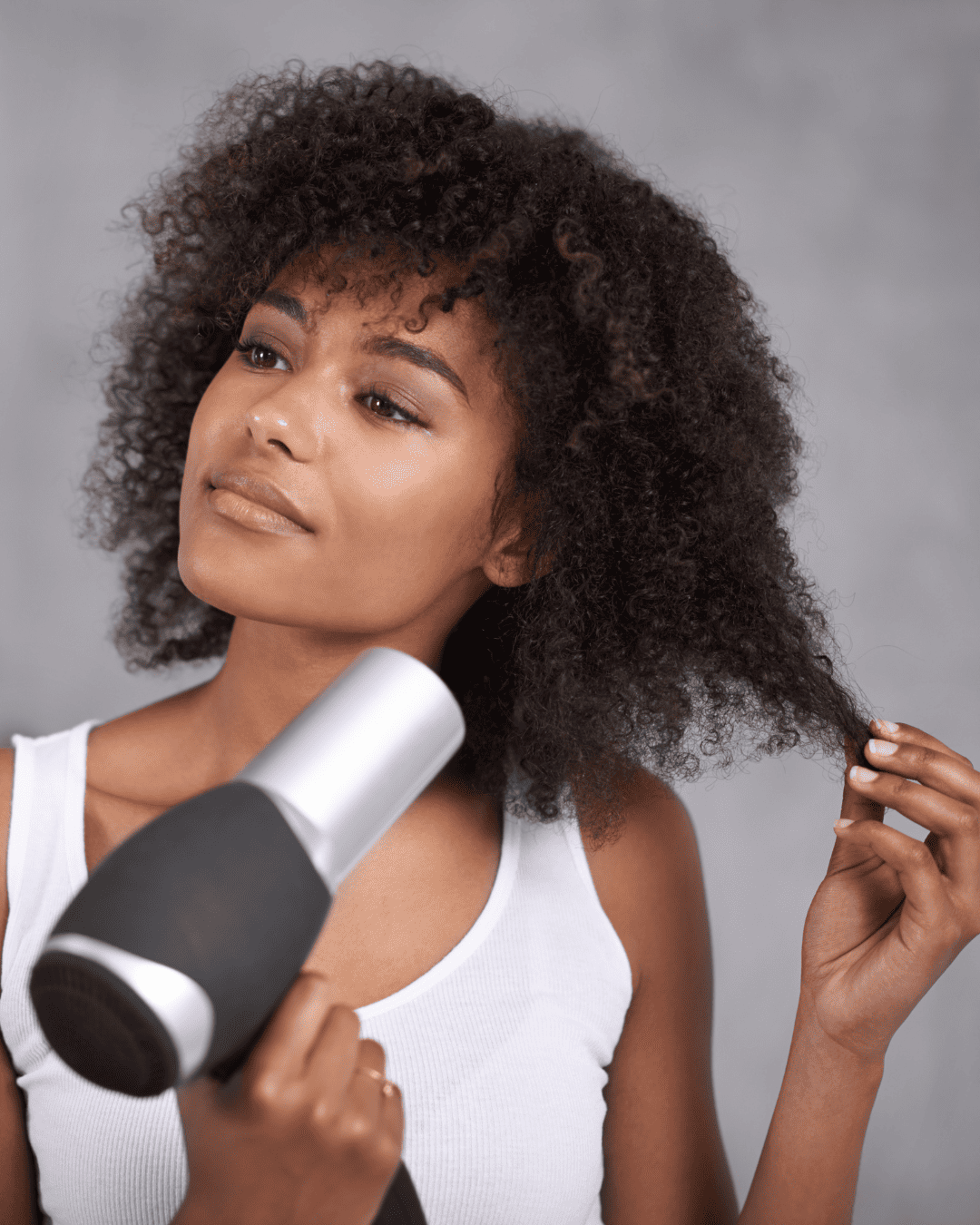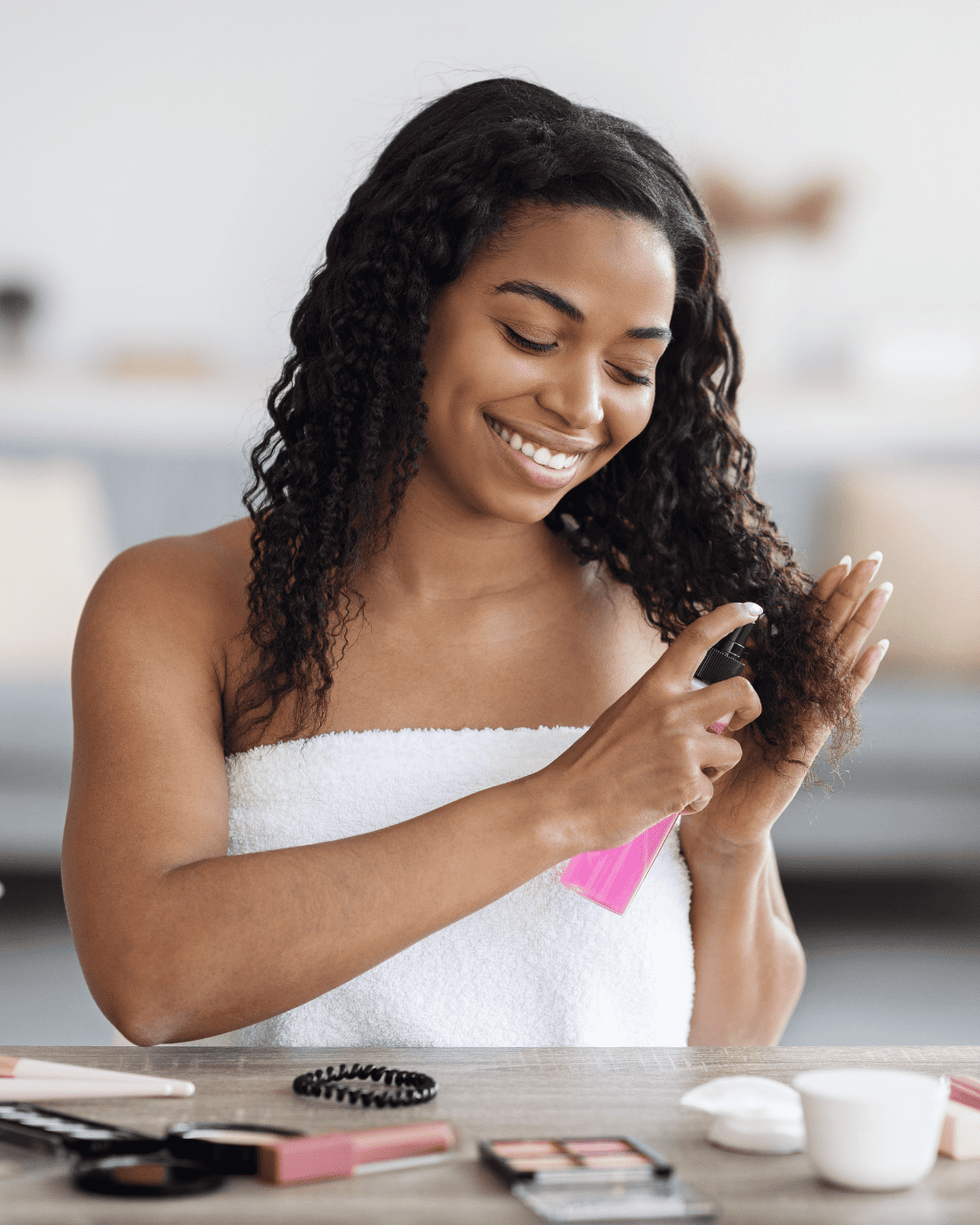How to Care for Your Natural Hair Under a Wig
Wigs and weaves are excellent choices for protective styling as well as for trying out various hairstyles. However, if appropriate caution is not exercised, a "protective" approach can swiftly become harmful. Keep in mind these crucial pointers to make sure your natural hair stays healthy:
1. Always Wear a Cap Under the Wig
Avoid placing the wig directly on your braids or scalp, as it can tug at your natural hair, defeating the purpose of a protective style. Make sure to wear a wig cap underneath to provide a barrier and keep your natural hair protected.
2. Regularly Wash and Moisture Your Hair

A clean scalp is vital for maintaining healthy hair follicles, promoting growth, and preventing buildup. Wearing a wig all day can trap sweat and dirt, so it's important to clean your natural hair regularly. Use a gentle cleansing shampoo, followed by a hydrating, water-based deep conditioner and leave-in conditioner to lock in moisture.
3. Choose the Right Wig For Your Hair
If you want to keep your natural curls healthy, selecting the right wig is crucial. Pay attention to how the wig affects your edges and hairline. Lace frontals, for instance, often require adhesive that can put extra stress on your hairline. If you have thinning edges or a sensitive scalp, opt for glueless wigs or V-Part wigs. If you're prone to buildup or itching, choose a wig that's easy to remove and put on for added comfort.
4. Avoid Sleeping in Your Wig
To prevent friction, frizz, and breakage, always remove your wig before bed. This will keep your natural hair from being pulled and ensure you sleep more comfortably. After removing your wig, protect your hair by wearing a satin bonnet, or use a silk scarf if you don't have one on hand.
5. Do Not Wear a Wig on Damp Hair

Never wear a wig on damp or wet hair. Dampness creates the perfect environment for bacteria, germs, and buildup, which can lead to scalp irritation and issues like dandruff. Be sure your hair is completely dry before putting on your wig. A blow dryer can help you ensure your hair is fully dry before covering it.
6. Be Gentle When Removing Your Wig
When removing your wig, do so gently to avoid damaging your natural hair. Ripping off your wig can cause breakage and damage, especially around the delicate hairline. Take your time and carefully remove the wig to preserve your edges.
7. Take Breaks in Between Your Wig Wear

Although wigs save a lot of time, wearing one all the time can harm your natural hair. Take frequent pauses from wearing your wig for the best protection. You can wash, deep condition, trim, and do other general hair maintenance during this time, which allows your natural hair to breathe. If you let your natural hair to grow and heal, it will flourish.
Your natural hair will continue to be robust, healthy, and growing beneath your wig if you heed these suggestions.



Leave a comment